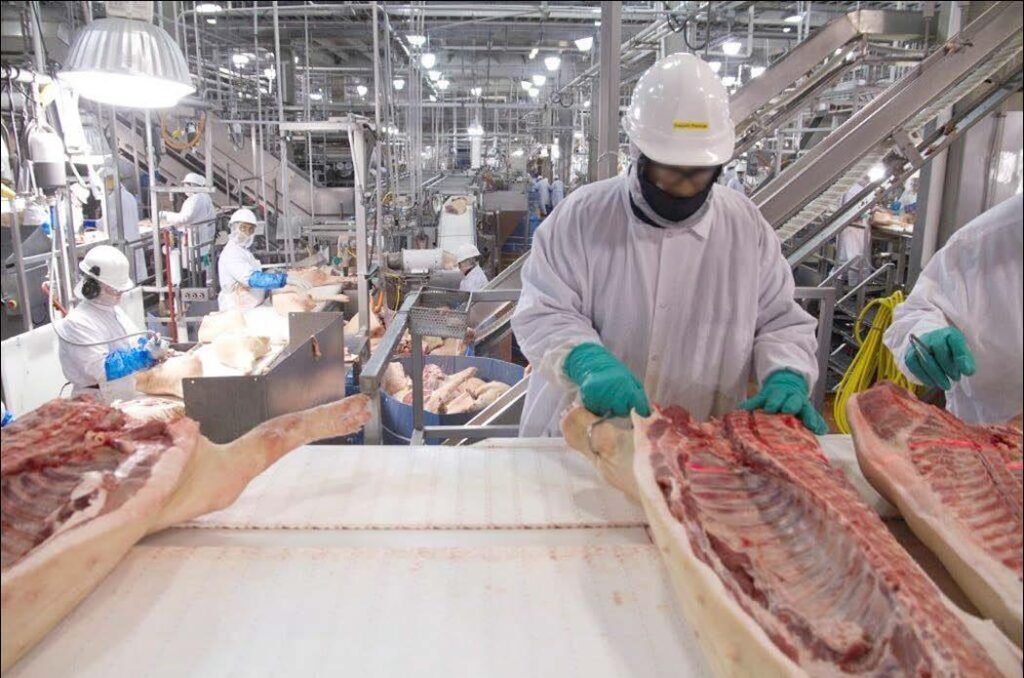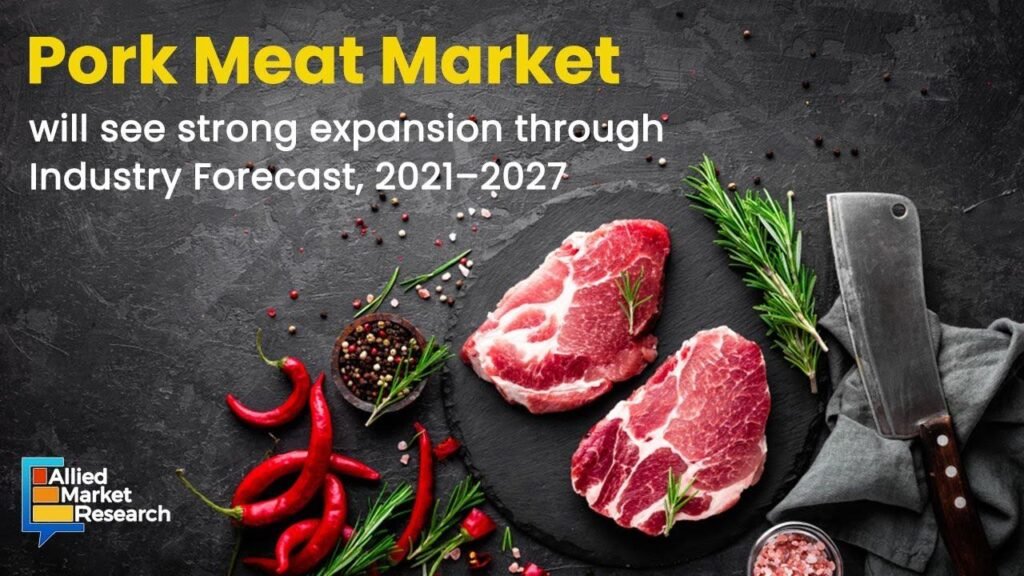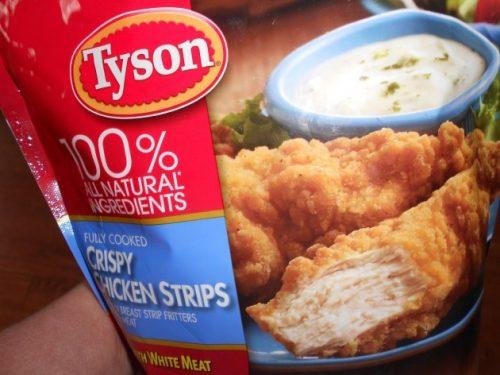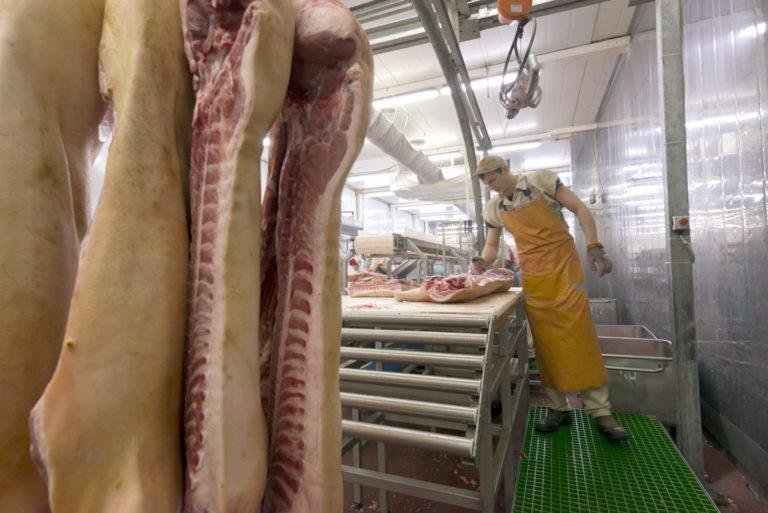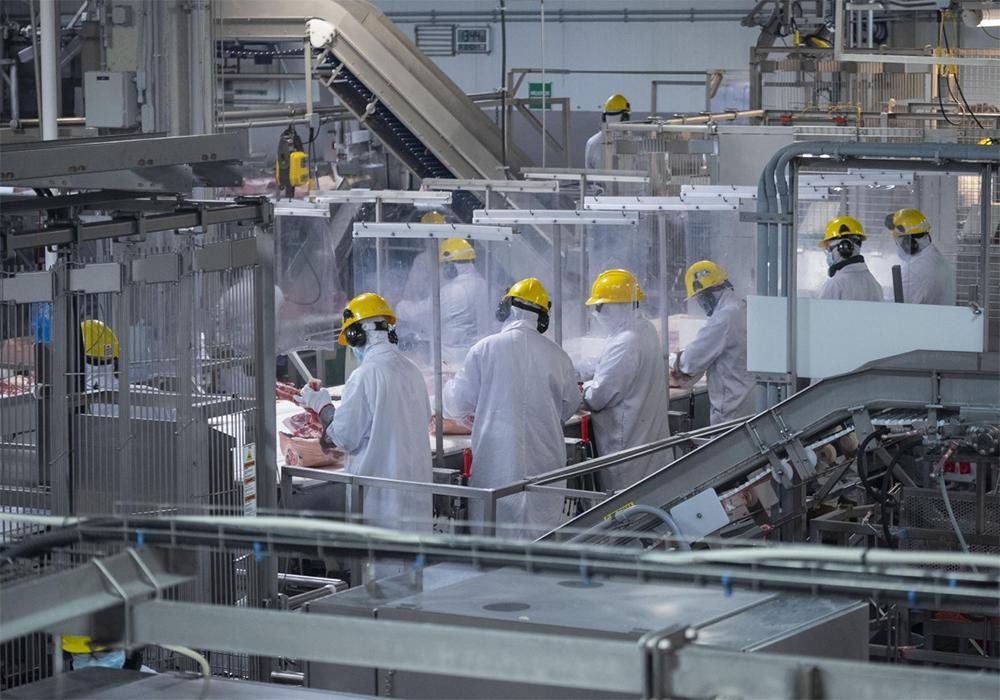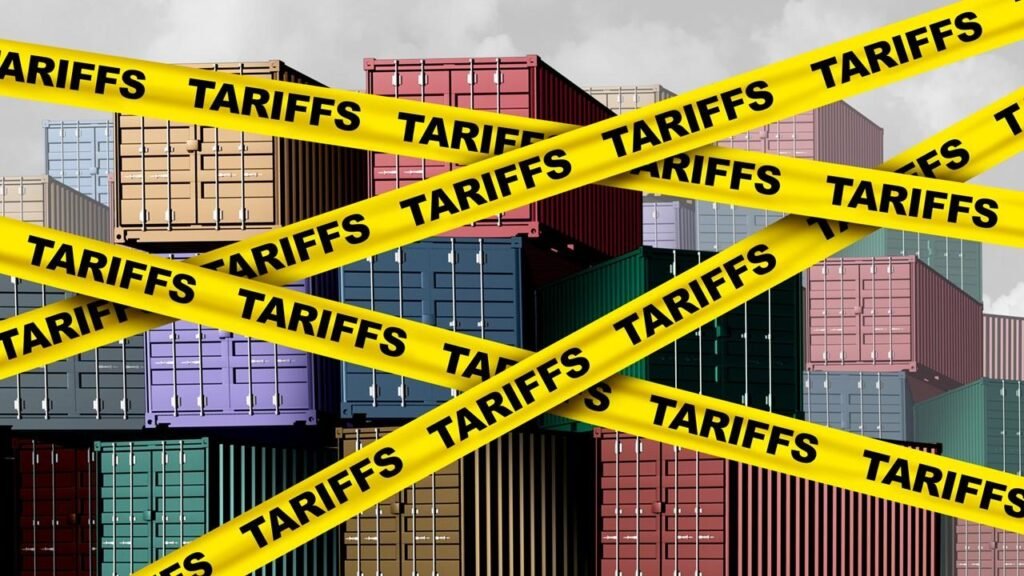In a decisive move that has stirred conversation across agricultural sectors, Agriculture Secretary Brooke Rollins instructed the Food Safety and Inspection Service (FSIS) to extend waivers permitting pork and poultry facilities to sustain accelerated line speeds. The announcement, made on March 17, 2025, represents a substantial shift in policy direction that aims to bolster American production capabilities without governmental hindrance.
The extension applies exclusively to establishments already operating under existing line speed waivers – specifically young chicken and swine slaughter operations. FSIS has made it abundantly clear that new waiver applications will not be considered, maintaining the position established back in March 2020 when the agency ceased accepting additional poultry line speed waiver requests. This stance creates an interesting advantage for facilities fortunate enough to have secured waivers before the cutoff.
Six pork plants have been functioning with elevated line speeds since November 2021, part of a Time-Limited-Trial program that witnessed multiple extensions through January 15, 2025. The trial program generated valuable insights; notably, a study released by FSIS concluded that line speeds weren’t the predominant factor contributing to worker musculoskeletal disorders at participating facilities. This finding undergirds the administration’s assertion that processing speeds don’t correlate directly with workplace injuries.
The administration stands unambiguous about its motivations. “America leads the world in pork and poultry production, and we are committed to ensuring our producers remain competitive on a global scale without being held back by unnecessary bureaucracy,” Secretary Rollins declared. The sentiment echoes throughout the policy shift, which also eliminates requirements for plants to submit worker safety data, which the department now characterizes as redundant.
Rulemaking procedures to formalize these elevated line speeds have commenced immediately. This legislative effort will transform what were once temporary concessions into codified standards, potentially reshaping operational norms across the industry for establishments that secured early participation. The New Swine Inspection System (NSIS) had previously received an extension through May 15, 2025, creating a regulatory framework that seems to favor incumbent operators over potential new entrants.
The policy revisions reflect a broader philosophical orientation toward reducing what the current administration perceives as excessive oversight. By stripping away what it deems “outdated requirements,” the USDA aims to fortify domestic food production capabilities, decrease producer expenses, and nurture a more flexible supply network. Yet critics might question whether the balance between productivity and regulatory oversight has tilted too far in one direction.
On March 17, the directive triggered immediate action. By April 4, FSIS had already published clarification regarding the scope of the extension, emphasizing its restricted applicability. The swift administrative response demonstrates the priority assigned to implementation by departmental leadership.
While the administration champions these changes as essential for maintaining global competitiveness, some may wonder about the long-term consequences for the industry at large. The policy creates an unusual circumstance where established operators enjoy operational freedoms unavailable to newer market participants. This imbalance could potentially hinder market evolution while reinforcing incumbent advantages.
The reform package arrives during a period when supply chain resilience has emerged as a paramount consideration in agricultural policy circles. By enabling increased processing capacity at qualified facilities, the administration appears to be betting on expanded output as a hedge against potential supply disruptions. Whether this approach will yield the intended results remains an open question that only time will properly answer.
For now, processing facilities fortunate enough to operate under existing waivers can proceed with elevated line speeds while rulemaking unfolds. The playing field, while not perfectly leveled, has clarity regarding the path forward. As the industry navigates these revised parameters, stakeholders across the supply chain will need to adapt their strategies accordingly – sometimes traveling uncharted waters without a complete navigational chart.

